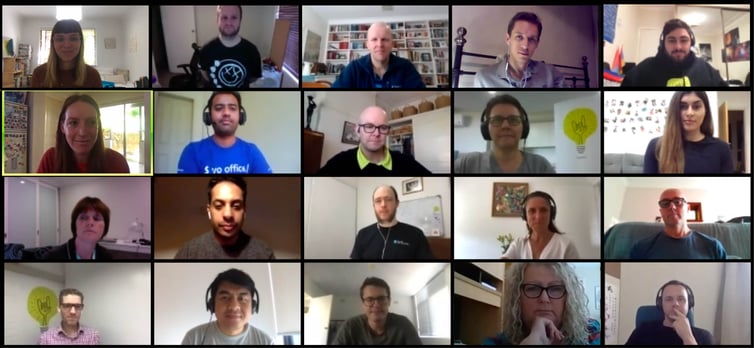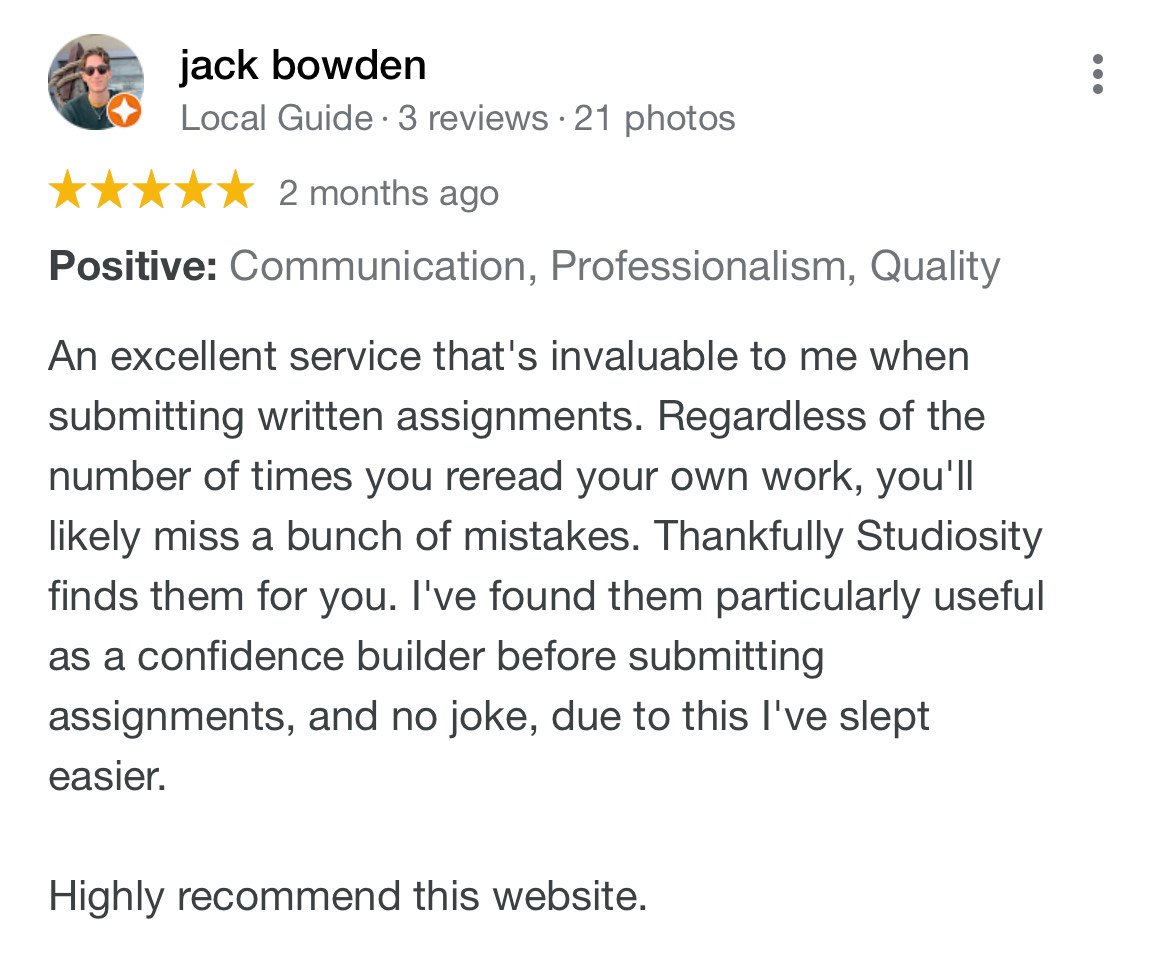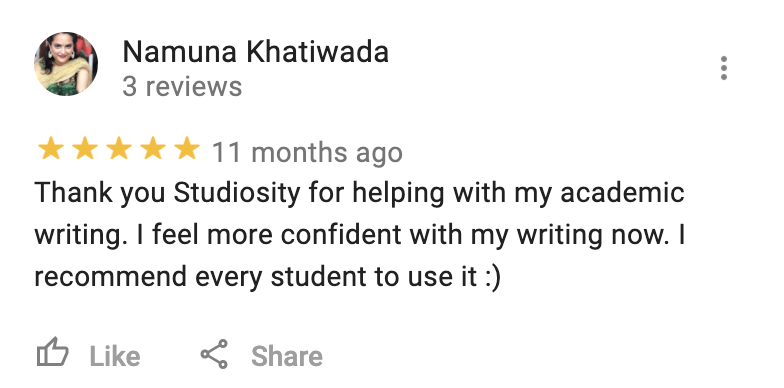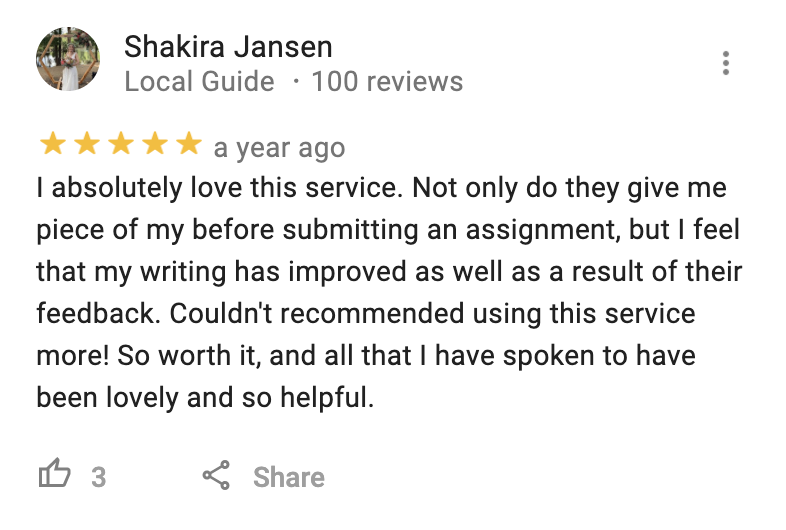
Five years ago I packed up my family and moved from big-city life in Sydney to a much smaller town on NSW's northern coast. Thus began my full time remote working life as Studiosity's Chief Technology Officer. Thanks to discipline, technology and a great team, I've been able to make it work really well for me and my family, so I'm sharing a few things I recommend everyone consider.
So many people are being thrown into ‘work from home’ mode during this time, so I hope these tips will help you do it successfully, safely, and comfortably.
Video is essential for connectedness
You won’t get to look across the room and see your colleagues or peers for the time being, and you may find working from home to feel quite isolating. So it is very important to try and be as ‘present’ with other people as possible, and that means video conferencing - with your video on. The goal here is to make sure you can be seen in meetings, so both you and others can detect social cues including facial expressions, which will save a lot of time and miscommunication.
You may even find it useful for people to physically put up their hands when wanting to speak, as speaking over people in a video conference mostly means neither party can be understood.
For the best audio, get a USB headset. It will reduce annoying echo and you won't be repeating yourself all day. Bluetooth or wireless headsets can also work well, but make sure they are appropriately charged for those long meetings and keep a backup cabled headset available.
Make sure you mute yourself when you are not speaking, especially when typing as your sound can interrupt the current speaker. And don’t be offended if someone else in a meeting mutes you, they are just trying to help.
 A typical Studiosity all-team meeting, including staff members across Australia, the UK, and Thailand.
A typical Studiosity all-team meeting, including staff members across Australia, the UK, and Thailand.
It's also important, particularly if you have multiple screens, to make sure your webcam is at the same height and angle so you can see the meeting participants while looking into (or close to) the camera.
You might want to invest in a dedicated webcam, which give you high image quality and work better in low light. The small cameras built in to laptops are often not great quality.
Bye bye WiFi 👋
For a successful online meeting, you really need a great internet connection that isn’t about to make your audio drop or your video jumpy. These days we generally have WiFi throughout our homes and can work from anywhere, but WiFi is quite susceptible to interference. Use an ethernet cable in your computer or laptop whenever possible, and keep the WiFi for your phone instead. If you don’t have an ethernet cable, position yourself close to the WiFi router.
Speed up your connection
You may also want to check your internet plan’s upload speed. Many basic broadband connections have limited upload speed. 5mbps upload is fine for a single video stream, but add another and include some web browsing and file syncing and there is likely to be congestion. Look at upgrading to the connection for better upload speeds if possible.
In order to preserve precious bandwidth, don't download updates during calls. You can see what is using up your connection in real-time, and even adjust the speed using software like Net Limiter for Windows or Little Snitch for Mac.
Some routers even allow for priority for certain devices. Check if you can prioritise your work device over any other household devices.
Think about your environment and your backdrop
An important consideration for working or studying from home is the environment around you. This can be challenging, as there isn’t always a space at home conducive to work. Ideally, use a separate room that signifies the boundary for working. This can get you mentally prepared and can signal to others in the home that you are not to be disturbed. In any case, look for a spot as quiet as possible, and provide a signal to let people know you are in 'work mode'. Try to ensure minimum distraction.
No matter what your workspace is you should also be conscious of the area behind you - the part that will end up on your video feed. Make sure it is not a thoroughfare for people, that can be really distracting. Try to ensure your backdrop is not an entirely bland wall or a laundry rack, but don’t overdo it either.

OHS for the home
Speaking of workspaces, one should not overlook good ergonomics in the work area. How is your chair? A dining chair isn’t a great workplace chair. You should have a comfortable chair set at the right height. Do you need an external keyboard to make things more comfortable? Is your monitor raised to the right height? Do you have an option to stand and work for a period? Your employer might have a checklist, and resources for you. If you're a student, all these things are important too, for long study sessions.
What about 'watercooler' chat?
Working from home can be very productive, but can also be quite isolating. Even with regular video meetings, a team thrives on relationships and structured meetings aren’t the most conducive to building bonds. You might already have some form of company or group chat, be it Slack or Microsoft Teams, but when working from home it is important that the group parts of these chat services are vibrant. Try to contribute a little of what else you have going on. Share a photo of the weekend, let people know what Netflix you are watching or podcast you're listening to at the moment and what you think of it, or read a good book lately? Try to contribute something every few days to keep the chat flow going.
me and my coworkers logging into all of our meetings remotely for the next couple of weeks pic.twitter.com/fpOYiHJLcl
— isha (@ikasliwal) March 9, 2020
Adam McNeil is Chief Technology Officer at Studiosity.






